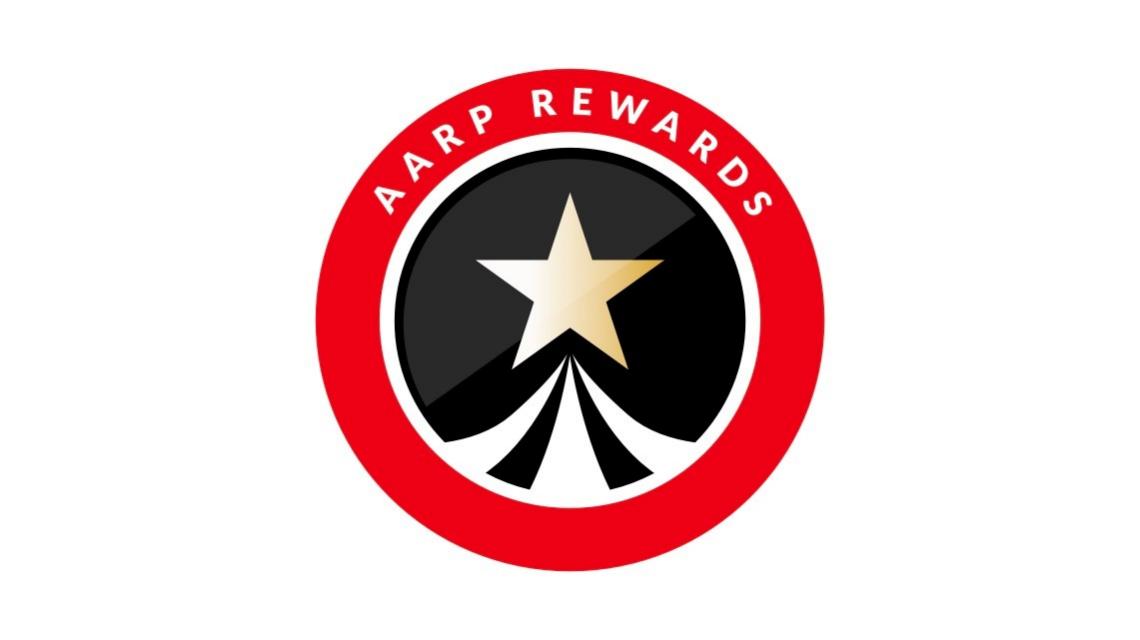Staying Fit
The late enrollment penalty is a surcharge permanently added to the monthly premium of your Part D prescription drug plan if you fail to sign up when you’re first eligible for Medicare and don’t have similar drug coverage.
Medicare calculates the penalty based on the number of months you delayed Part D enrollment and were without comparable drug coverage. This penalty applies after you enroll in either a stand-alone Part D plan to accompany original Medicare or a Medicare Advantage plan with drug coverage, unless you qualify for an exception.


AARP Membership— $12 for your first year when you sign up for Automatic Renewal
Get instant access to members-only products and hundreds of discounts, a free second membership, and a subscription to AARP the Magazine.
The Part D penalty has been in effect since Medicare introduced the drug benefit in 2006. At that time, people already in Medicare could sign up until May 15, 2006, without incurring a late enrollment penalty. Since then, Medicare has enforced the penalty policy for anyone who goes beyond 63 consecutive days without similar drug coverage after their Part D initial enrollment period.
How do I avoid a Part D penalty?
You won’t be liable for a late enrollment penalty if you have creditable coverage, prescription drug coverage from another source that’s considered to be at least as good as Medicare Part D. This could be from an employer or former employer, Tricare, the Department of Veterans Affairs or another source.
If you have prescription drug coverage, your employer or insurance plan will notify you by letter (every September) to identify if your plan is considered creditable coverage. If you lose your drug coverage, you’ll be eligible for a two-month special enrollment period when you can sign up for a Part D plan without penalty.
Keep the letter as proof of your creditable coverage when the time comes to enroll.
Other circumstances when you won’t be liable for Part D penalties:
If you receive Extra Help, a federal program that helps people with low incomes and assets pay Part D premiums and out-of-pocket costs.
If you’ve been living outside the United States or have been in prison — situations in which you can’t receive Part D drug coverage — you can avoid late penalties if you sign up with a Part D plan within two months of your return or release.
If you delayed enrolling in Medicare Part A and Part B at age 65, you weren’t eligible to buy Part D yet so you can’t be penalized for late enrollment until you sign up for either part. But you must get Part D within two months of enrolling in Parts A or B to avoid penalties, unless you have other creditable coverage.
For example, some people who work for a company with 20 or more employees may want to delay enrolling in Parts A and B while working, so they can contribute to a health savings account. You can’t make new HSA contributions after you enroll in Medicare.



































































More on Medicare
What Costs Will I Have to Pay in a Medicare Part D Plan?
Out-of-pocket costs go beyond your premium payments
How Can I Pick the Best Prescription Plan For My Needs?
It needs to cover all your medicines at the lowest cost
Understanding Medicare’s Options: Parts A, B, C and D
Making sense of the alphabet soup of health care choices